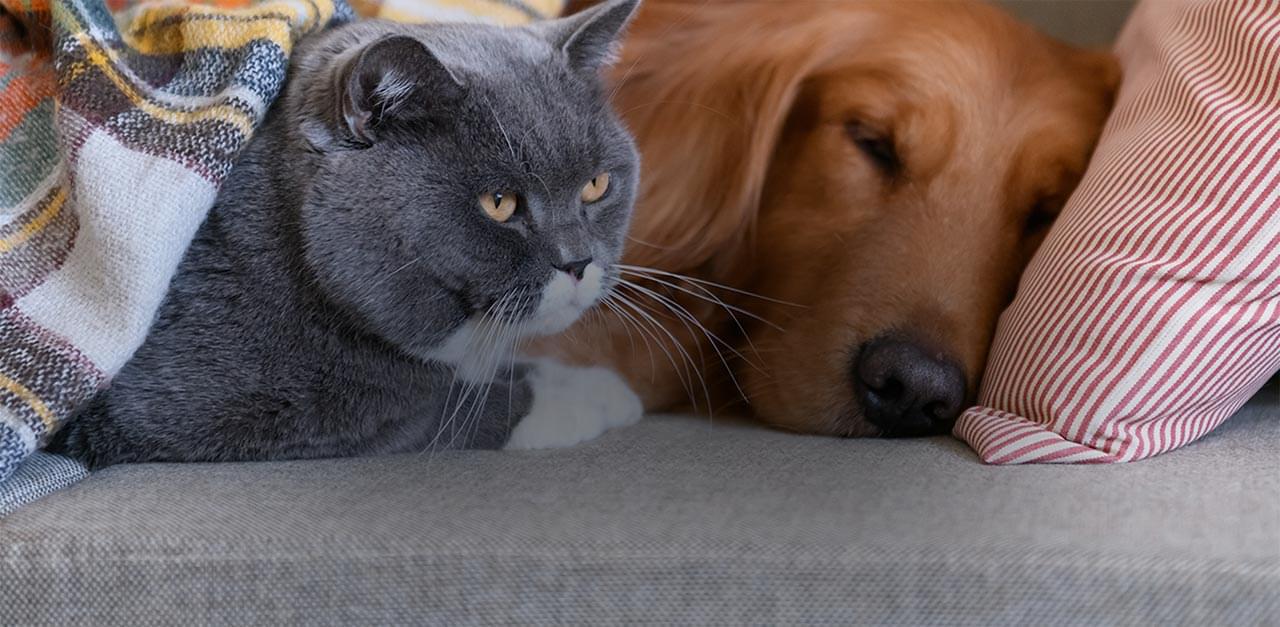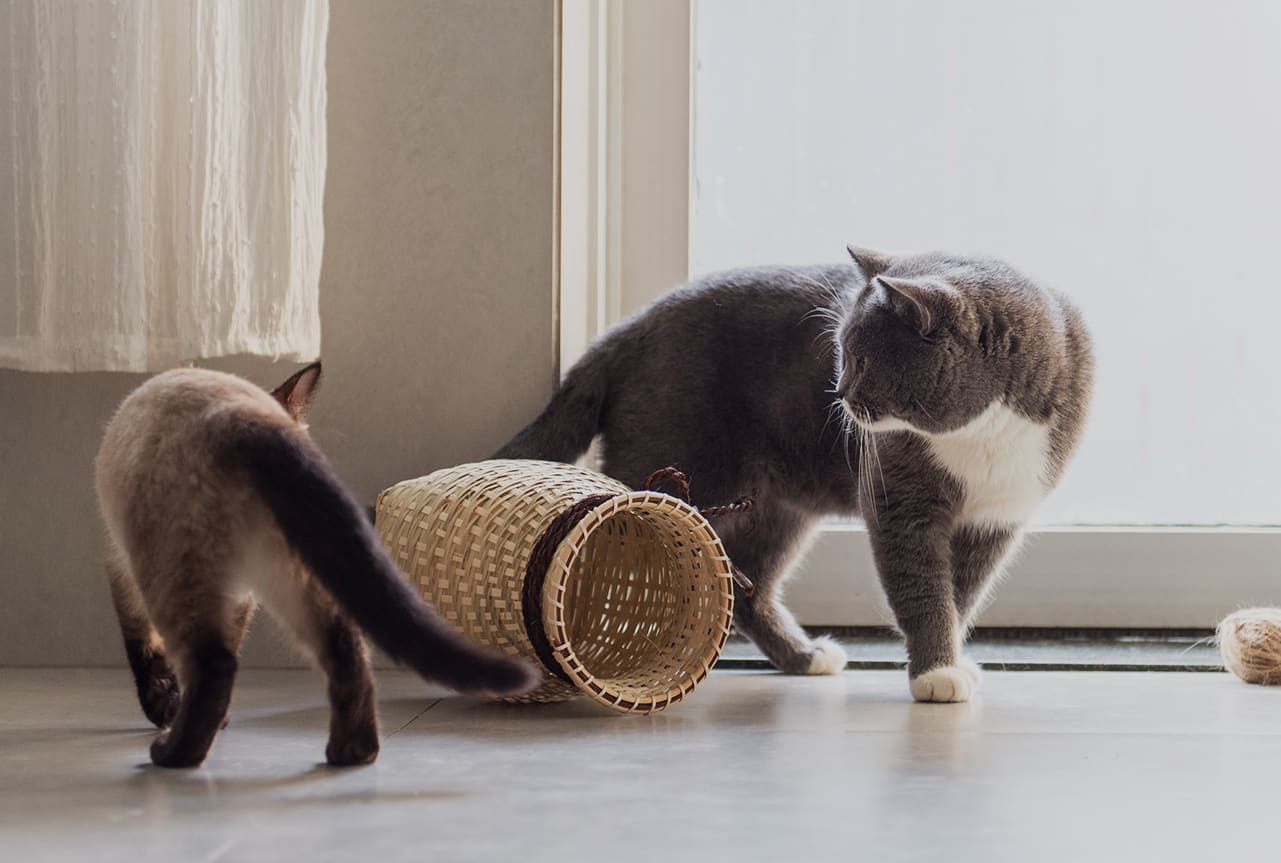Diabetes Mellitus in Cats
Diabetes mellitus is a condition that affects the amount of glucose or sugar in your cat’s blood. Diabetes occurs when your cat’s body makes too little insulin, stops producing it completely, or has an abnormal response to insulin.
Insulin affects how your cat’s body uses food.
When your cat eats, carbohydrates are converted into several types of simple sugars, including glucose. Glucose is absorbed from the intestines into the blood, where it travels to cells throughout the body. Insulin is required for the transfer of glucose from the blood into the cells so it can be used for energy. If there’s too little insulin available, glucose can’t enter cells, and instead builds up to a high concentration in the bloodstream. This is known as hyperglycaemia.
As a result, there is not enough energy for the cells to function normally and they become “starved.” Over time, weight loss ensues, despite normal, or often ravenous appetite. The build up of glucose in the blood spills over into the urine which draws with it large volumes of water, resulting in increased thirst and urination.
How Common is Pet Diabetes?
Feline diabetes is more common in middle-age and older cats, but it is also seen in young cats as well. While believed to be underdiagnosed, diabetes mellitus affects an estimated 1 in 200 cats. It is more common in neutered, male cats.1

Related Conditions
Cats with diabetes can develop complications subsequent to becoming diabetic. Careful control of blood glucose concentrations may help minimise these complications.
Common complications of feline diabetes
Recurrent infections and ketoacidosis (which causes decreased appetite, vomiting, and even death, if not treated) are the most common complications of diabetes. Additional complications include inflamed pancreas, poor grooming and lusterless coats, and nerve dysfunction. This is also known as peripheral neuropathy, which can be seen as wobbliness or dropped ankles if your cat is affected.
These complications can be severe and impair how insulin works.
What Cats are at Risk?
Any cat could develop diabetes, but certain breeds, like Burmese and Siamese cats, experience an above-average rate of diabetes.
Diabetes typically occurs in cats that are middle-aged to older-aged. Neutered male cats are also more likely to suffer from diabetes.
Key risk factors for diabetes in cats:
- Obesity
- Physical inactivity
- Indoor lifestyle
- Other insulin-resistant conditions, such as chronic pancreatitis or hyperthyroidism
If you feel your cat is at risk for developing diabetes, consider having your pet tested during a regular veterinary examination at least once a year.
Next Article: Detection and Diagnosis >
Further Reading

Talk to Your Vet Today
to learn more about pet diabetes, and how cats and dogs can lead a happy,
healthy life with proper management
1. McCann TM, Simpson KE, Shaw DJ, et al. Feline diabetes mellitus in the UK: the prevalence within an insured cat population and a questionnaire-based putative risk factor analysis. J Feline Med Surg 9:289-299, 2007.
Caninsulin® 40 IU/ml Suspension for Injection contains porcine insulin. POM-V.
Further information is available from the SPC, Datasheet or package leaflet.
Advice should be sought from the medicine prescriber.
Prescription decisions are for the person issuing the prescription alone.
Use Medicines Responsibly.






